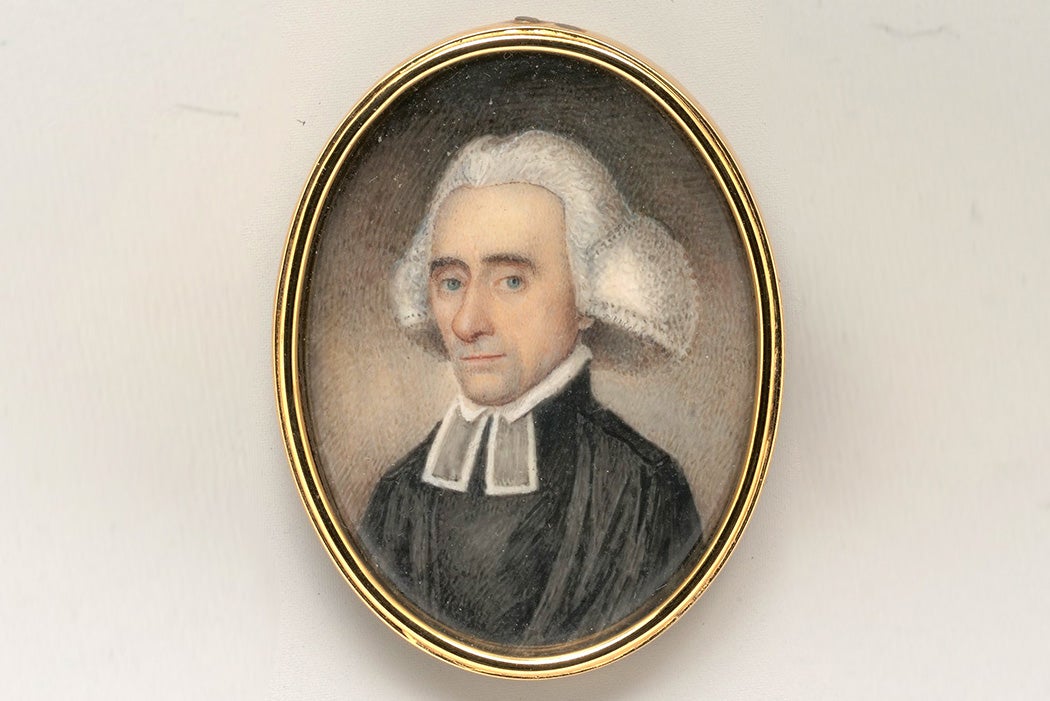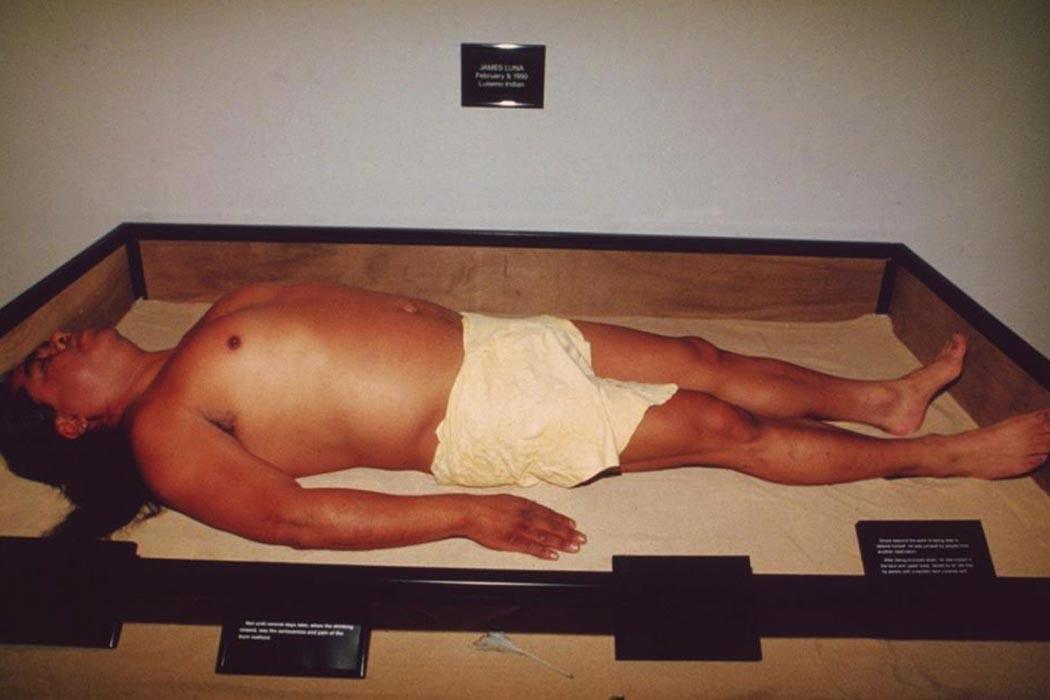The relationship between museums and Indigenous peoples has been fraught since the earliest days of European Kunst und Wunderkammern cabinets of curiosities. The Western tradition of “appropriating and museumizing,” as scholar Christina DeLucia writes, has included unauthorized removal, desecration of burial sites, inappropriate display of ceremonial objects, and partial, inaccurate, or spectacularly spurious curatorial interpretations.
“By the time Native American objects began moving into museum cases in the British North American colonies, Indigenous artifacts had already been in motion across European networks for several centuries,” she writes.
DeLucia contextualizes one of the earliest North American collections of Native American artifacts. Housed at Yale College, the collection was largely the creation of the college’s seventh president, Ezra Stiles (1727–1795).
Stiles had a “lifelong entanglement with Native people and nations,” explains DeLucia. This included the “Algonquian communities that endured in southern New England following the seventeenth century’s devastating epidemics, warfare, and territorial dispossessions.”
Considering himself sympathetic to the “Indians,” Stiles “demonstrated a quasi-ethnographic interest in Algonquian beliefs and practices.” Something of a polymath—he wanted to jump-start a silk industry in the Americas—his Protestant worldview wasn’t as extreme as some. He didn’t think the “Indian stone gods” found throughout Connecticut and Massachusetts were Satanic, but he had no problem removing them from the landscape for collection and display.
Native communities tried to shape Stiles’s observations and collecting, pushing back against his and other European-Americans’ efforts to appropriate material. They may have “deflected his overtures” about what he himself described as his “acquisition” of Algonquian words. Stiles had the notion that Native Americans were descendant from one of the tribes of Israel and thus spoke languages related to Hebrew.
“Though Stiles may have believed he had unconstrained access to spaces, objects, and knowledge systems, tribal representatives had vested interests in shaping how a relentlessly inquisitive outsider navigated their home territory,” writes DeLucia.
Wampum belts were a case in point. The elaborate beadwork belts were particularly targeted by North American and European collectors. Wampum itself, made from the shells of clams and whelks, was reduced and simplified in the Eurocentric mindset as “Indian money.” In fact, as DeLucia reminds us, wampum had “manifold importance in Indigenous social processes including ceremonies, diplomacy, record keeping, memorializing, relationship building, and other dynamic forms of communal interaction.”
Yale’s collection had company in the late eighteenth and early nineteenth centuries. Harvard’s “Philosophy Chamber” (Cambridge), Peale’s Museum (Philadelphia), the Massachusetts Historical Society (Boston), the East India Marine Society (Salem), and the American Antiquarian Society (Worcester) all made “Indigenous collecting central to their missions.” “Indian” objects—and bodies— were classified with natural history specimens, “aligning [them] with the nonhuman world.”
Read Next
How Luiseno Indian Artist James Luna Resists Cultural Appropriation
Such collections were part of the settler-colonialist nation-building project. Transformed into the cultural patrimony of the United States, these materials served to erase the continuing presence of Native people. “Indian” artifacts were “marshaled into the services of American nationalism and heritage formation,” the baseline layer above which American civilization was built. Collection—often little more than ransacking—only increased in the early years of the nineteenth century. Indigenous human remains became a “central fixation” of the museum world and, as the century aged and evolution was misread, the raw material of racial fantasies.
Weekly Newsletter
The 800 or so items in the Yale Museum didn’t long survive Stiles’s passing in 1795. Many objects were transferred to “a local wax museum and curiosity hall,” that is, they were commodified into entertainment. Eventually, this business folded and the material was auctioned off. So the objects were lost—certainly beyond the purview of the landmark 1990 Native American Graves Protection and Repatriation Act.
A 2017 repatriation agreement between Yale and Mohegan representatives covered hundreds of objects in the Yale Peabody Museum of Natural History, an inheritor of Stiles’s museum idea, but not of its collections.
Support JSTOR Daily! Join our new membership program on Patreon today.








